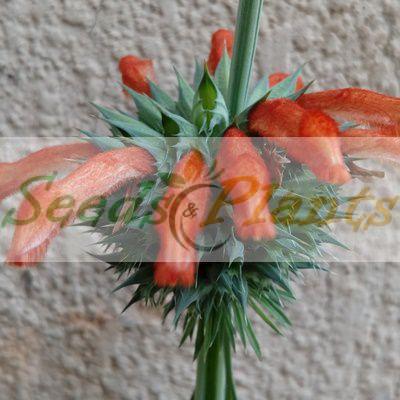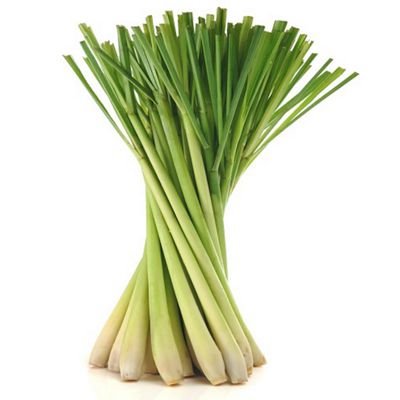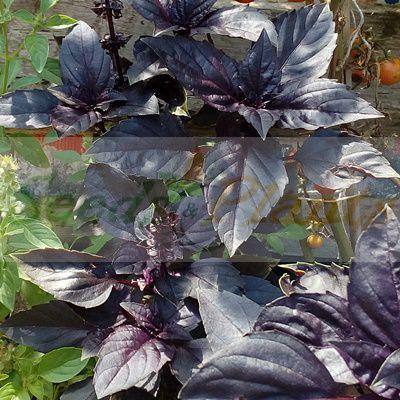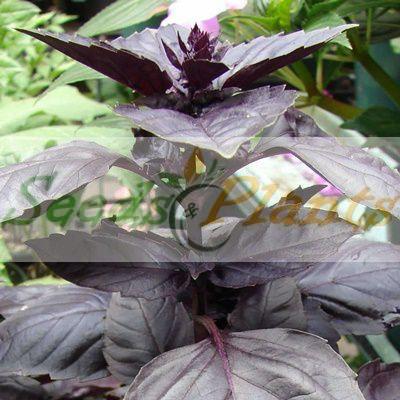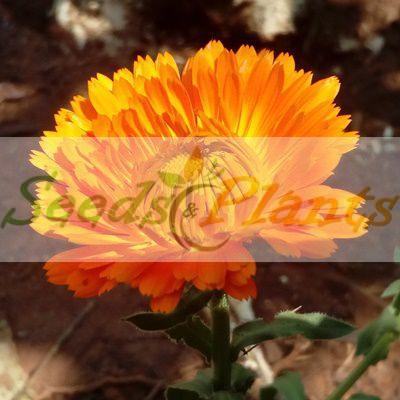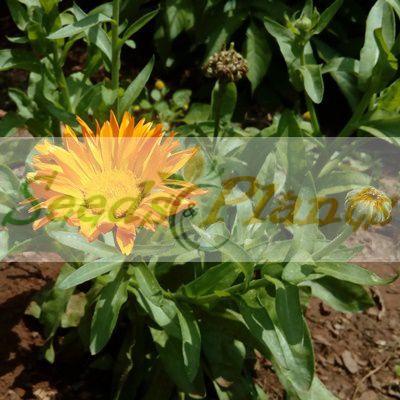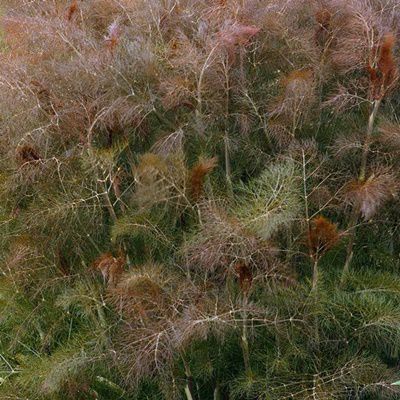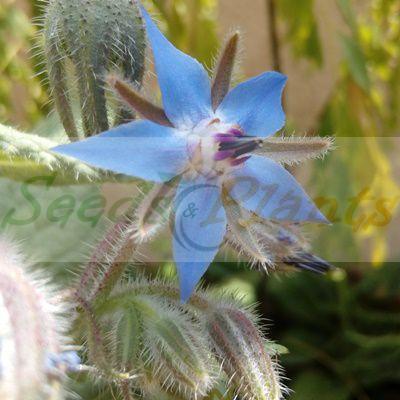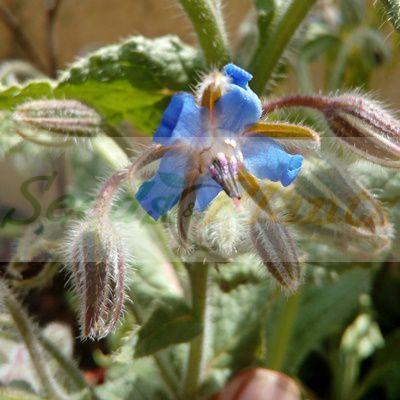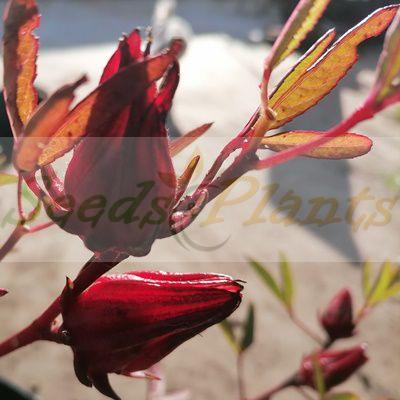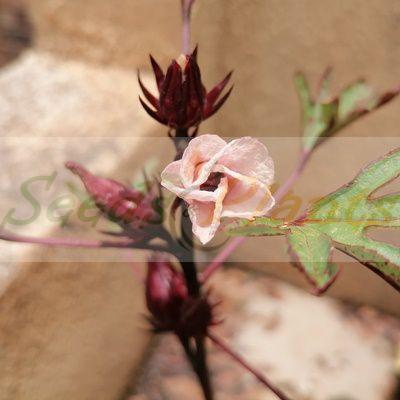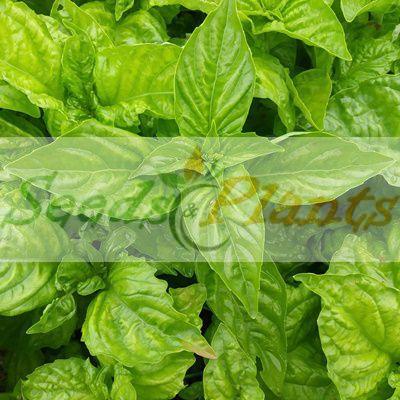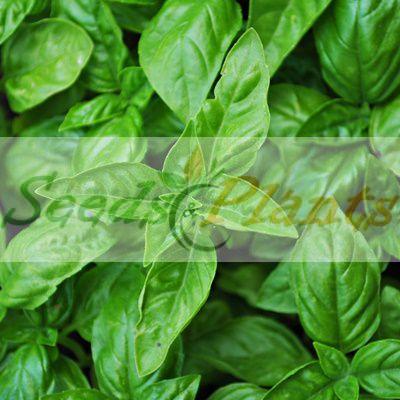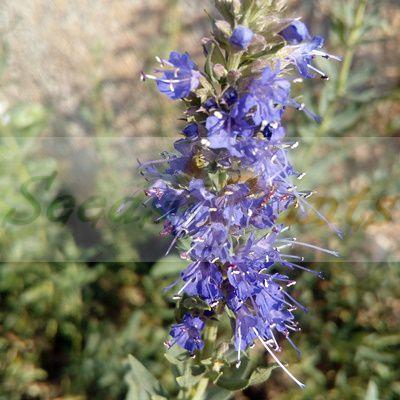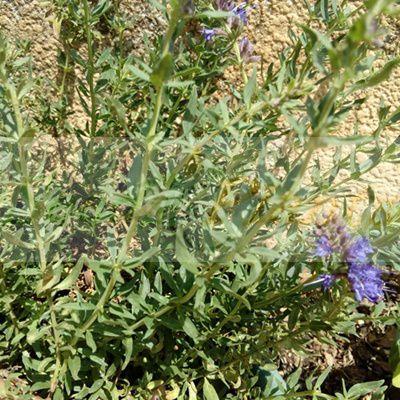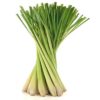Lemongrass – 10 Seeds
(Cymbopogon citratus)
R30.00
Lemon Grass has a fresh, lemony aroma and a citrus flavor, used as a culinary & medicinal herb.
Common Names: Lemon grass, silky heads, citronella fever grass and barbed wire.
Indoor Sowing: Late Winter.
Direct Sowing: Spring.
Out of Stock
Email me when the product is back in stock.
Lemongrass Seeds. Lemongrass (Cymbopogon citratus) is a tropical fast growing perennial grass that thrives in summer heat. It has a fresh, lemony aroma and a citrus flavor. It is a herb that is native to Sri Lanka and South India.
Lemongrass grows in a clumping habit, with multiple stalks emerging from the same base. It can grow up to five feet tall with a spread up to four feet wide.
It thrives in warm growing conditions with well-drained soil and is drought tolerant so don’t need much water. You can grow lemongrass in a pot or your herb garden but it also makes a great addition to garden beds.
Lemongrass Culinary Uses
- The white section of the stalk has the strongest flavor whereas the green leaves at the tips have a subtler flavor.
- Its lemony stalks are most commonly used in East Asian cooking to add flavor to broths, soups and curries.
- The green leaves are most often used to make tea
Lemongrass Medicinal Uses
- It is widely used in Ayurvedic medicine for its healing effects in treating cough and cold.
- Along with other beneficial components, the vitamin C content present in it helps in providing relief from nasal blockages, flu and other respiratory disorders such as bronchial asthma.
- It is used for treating digestive tract spasms, stomachache, high blood pressure, convulsions, pain, vomiting, cough, achy joints (rheumatism), fever, the common cold, and exhaustion.
- It is also used to kill germs and as a mild astringent.
Growing Lemongrass
Indoor Sowing: Late Winter.
Direct Sowing: Spring.
- Sow Lemongrass seeds indoors in late winter. Transplant outdoors only when night time temperatures are above 10°C.
- For direct sowing, plant lemongrass in spring, once all chances of frost have passed.
- Press the seeds gently 5mm into moist, sterilized seed starting mix.
- Keep moist until germination.
- Germinate in about 30 days.
- Only when night time temperatures are above 10°C, transplant the seedlings into full sun.
- Lemongrass likes it hot, so grow it in an area with full sun and fertile, well-drained soil with a pH of 6.5 to 7.0.
- Space plants about 60cm apart.
- It will naturally propagate itself, once it is established. Small stalks of new plants will begin to grow off the side of existing stalks
- Cut back any dead foliage in late winter / early spring.
Disclaimer
Medicinal Information:
All medicinal information on this website is for educational and informational purposes only and may not be construed as medical advice. The information is not intended to replace medical advice or treatment offered by healthcare professionals.
Seeds, Plants, Plant Cuttings, Geophytes and Dried Herbs:
In some countries and provinces, certain plants are deemed as invasive and are not allowed to be planted at all, whilst some plants are allowed to be grown only in certain areas or provinces. The onus is on you as the buyer to familiarize yourself with the regulations pertaining to your location, before purchasing any of our seeds, plants, plant cuttings, geophytes or dried herbs. We will not be held liable, should you purchase any seeds, plants, plant cuttings, geophytes or dried herbs. from us which are prohibited in your country or province.

